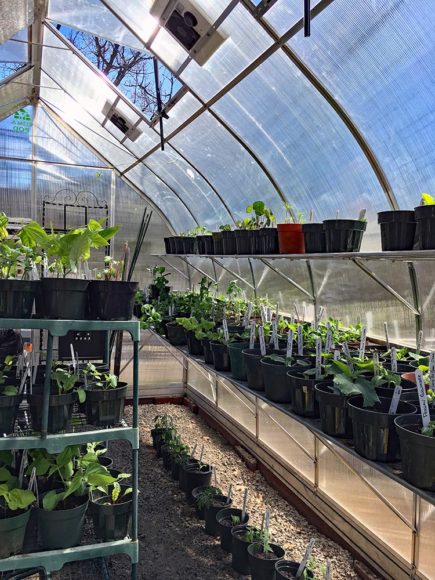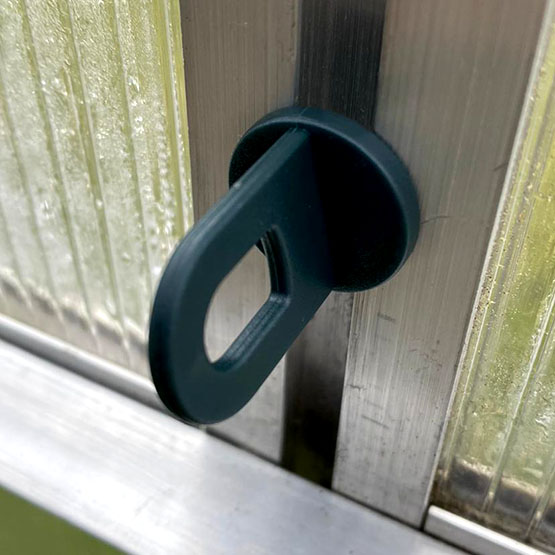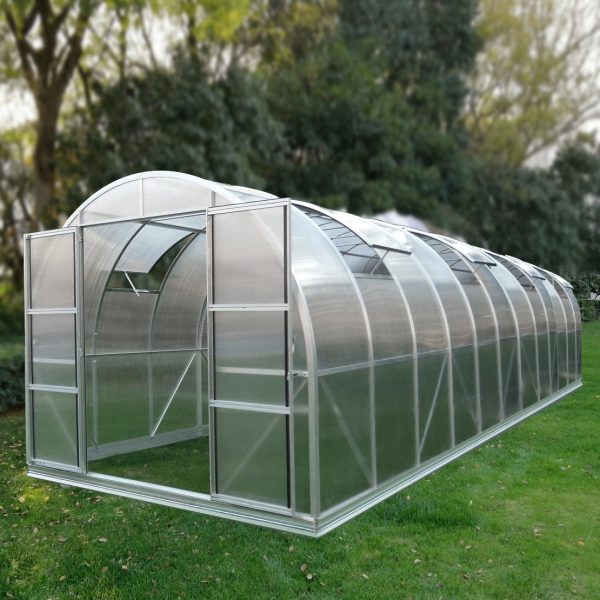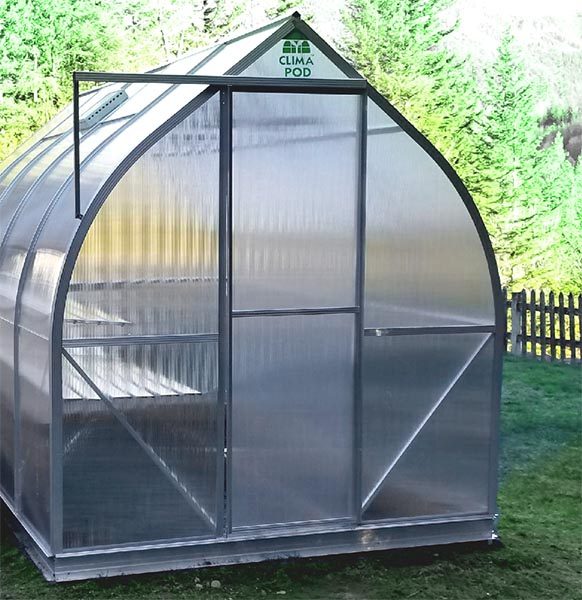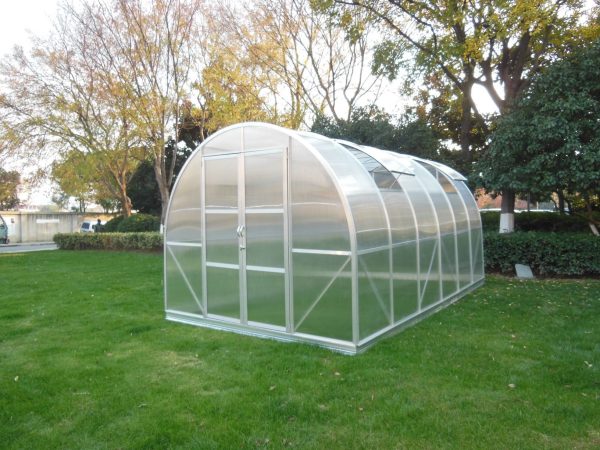The formation of the rows ends with fencing with their sides. What can be used as a greenhouse beds fence?
Greenhouse Beds of Boards
The most commonly used version of the sides. The boards are knocked together to the desired height and are fixed to wooden pegs driven into the ground. This option is short-lived: during the season in conditions of greenhouse humidity the board rots. Therefore, it is worth laying a layer of roofing material between the board and the soil. Another minus: ants like to settle on the board.

Finished aluminum sides
Factory structures made of galvanized aluminum are very durable, as they are coated with polymers that are not afraid of moisture or heat. Such sides are convenient in that you can choose the size for your greenhouse and use a couple of decades. In addition, they look beautiful due to strict geometric lines and perfectly even edges.

Concrete or brick fences
For them, it is necessary to mount the formwork in advance and pour in it a liquid solution of concrete. The soil is filled only after solidification. Brickwork also takes time. But such a fence can be raised to any height and used for many years. Less: non-folding sides for beds are inconvenient with the annual change of greenhouse soil. Earth will have to be thrown over them, which requires physical effort.

Thoughtful arrangement of beds in the greenhouse will save your energy in caring for plants and create better living conditions for the “green inhabitants”.

